11 Archaeological Discoveries That Continue to Baffle Researchers
Every once in a while, archaeologists stumble upon a discovery, whether it be a complex stone carving or architectural wonder, that is so bizarre they remain lost for words when trying to explain how an ancient culture accomplished such a task.
Even today, several archaeological items of interest and sites around the world continue to perplex researchers. Here are 11 of the most fascinating discoveries that still baffle archaeologists.
Monumental Pillars in Turkey
Located north of the Turkish city of Sanlıurfa lies the 12,000-year-old site of Gobekli Tepe. Since its discovery in the middle of the 20th century, this monumental structure has vastly changed our understanding of humans during the end of the last ice age.
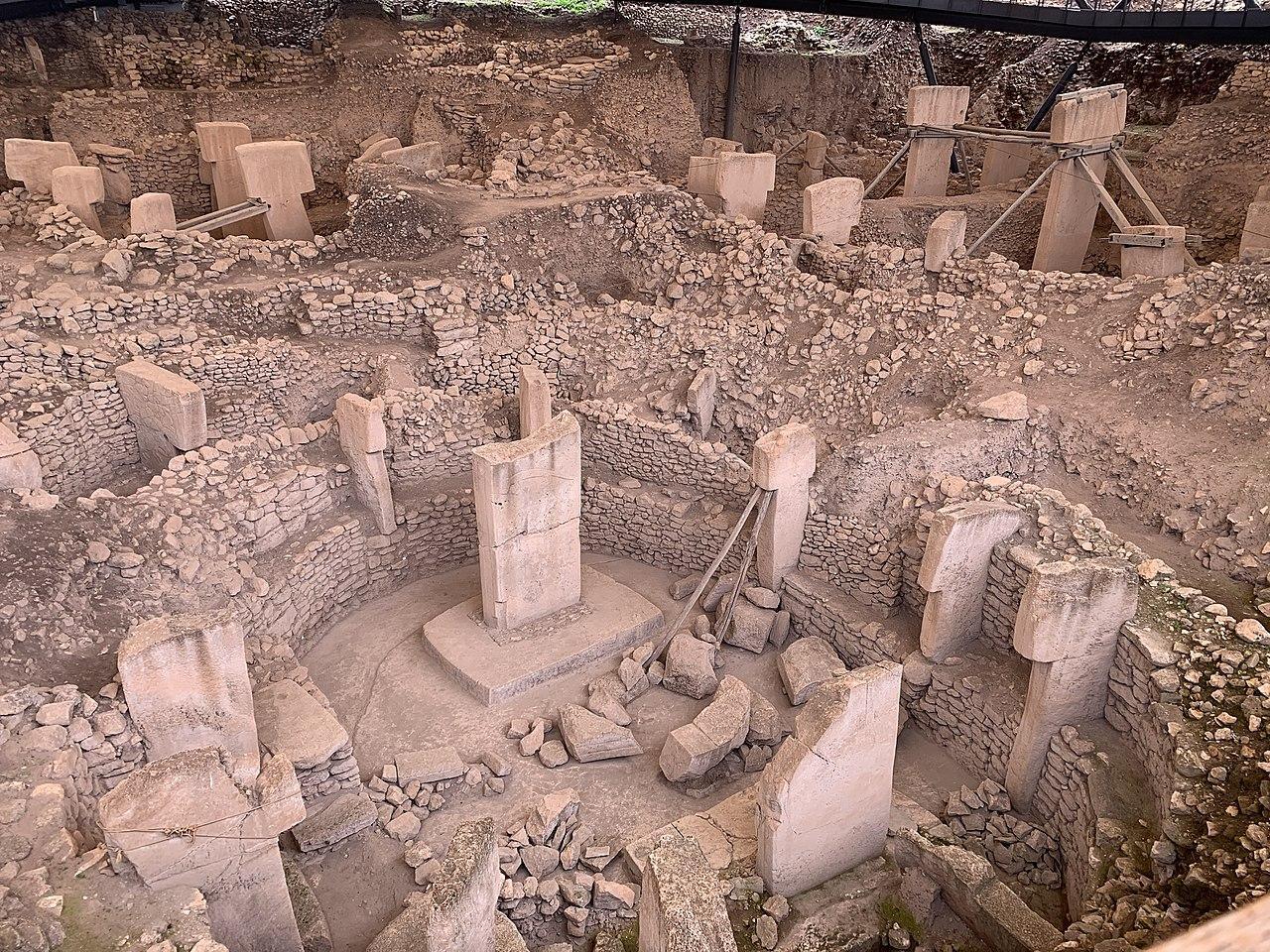
Source: Wikimedia
Comprised of enormous T-shaped stone pillars, some as tall as 16 feet and weighing in excess of 50 tons, to this day, archaeologists know very little about its original inhabitants or how they cut and moved such monumental stones.
The Antikythera Mechanism
Discovered on a 2,000-year-old shipwreck off the coast of a Greek island in 1900, the Antikythera Mechanism has left researchers in awe due to the intricate nature of this ancient computer.
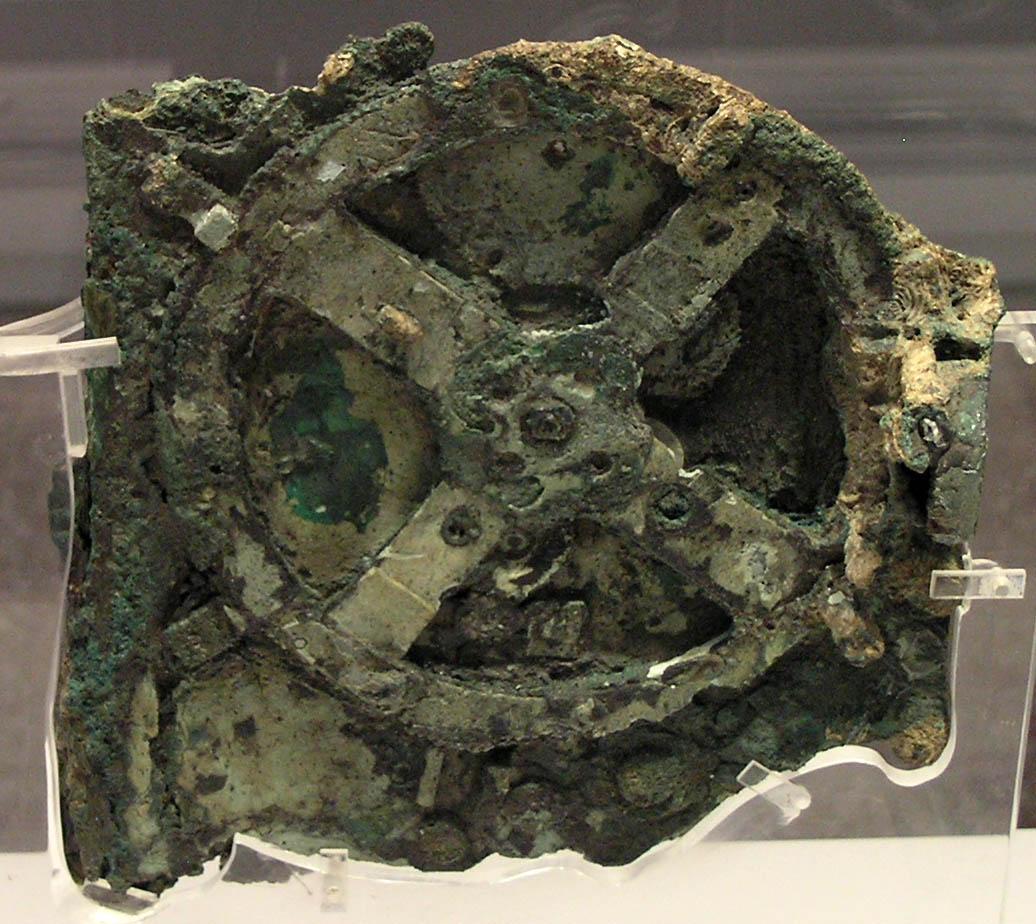
Source: Wikimedia
This small yet complex device consists of numerous interlocking bronze gears that function like an analog computer. Theories propose it has been used to follow the stars for navigational purposes, yet various aspects of this device remain a mystery as it is the only one of its kind.
Geometric Petrospheres of Britain
Over the past few centuries, over 500 intricately carved stone spheres have been discovered in the British Isles, most of which were unearthed in Scotland. The spheres date back over 5,000 years, and each is unique in its shape and design.
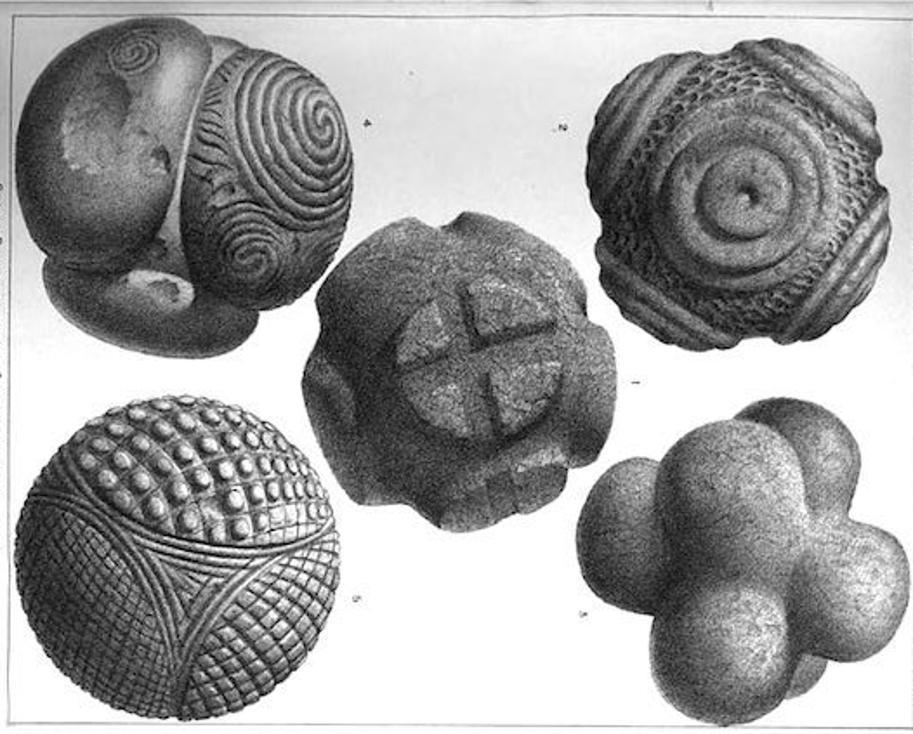
Source: JSTOR
Various theories have been proposed over the years, ranging from fishing weights to weapons and implements used in re-telling oral traditions. Yet, to this day, these intricate spheres continue to baffle researchers, and their original purpose remains a mystery.
The Nazca Lines
Spread throughout the vast landscape of a Peruvian desert in Nazca are enormous geoglyphs depicting various humans and animals, including whales, cats, and monkeys. Ancient humans living in the region removed the top layer of soil to reveal much lighter sand beneath, enabling them to create pictures that were only visible from the sky.
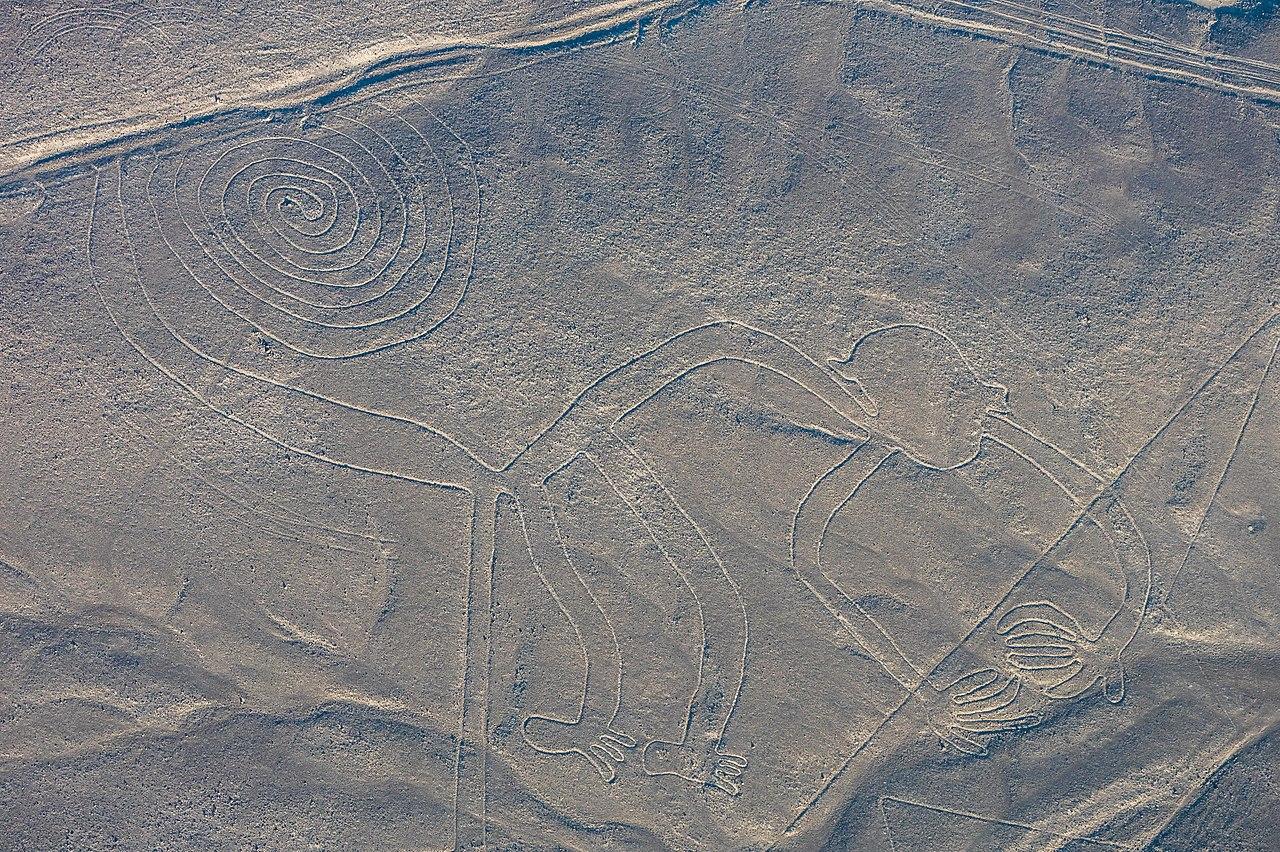
Source: Wikimedia
Alongside the geoglyphs are lines that stretch up to 30 miles in a single direction. According to the best theories, the geoglyphs and lines may be ritualistic in nature, relating to nature and fertility. However, their original purpose remains somewhat of a mystery.
Roman Dodecahedrons
Over the past century, archaeologists working throughout the extent of the Roman Empire’s ancient boundaries have unearthed numerous small metallic objects known today as dodecahedrons. These unique, 12-sided objects, typically the size of a softball, are embossed with various knobs, and continue to spark curiosity about their original function.
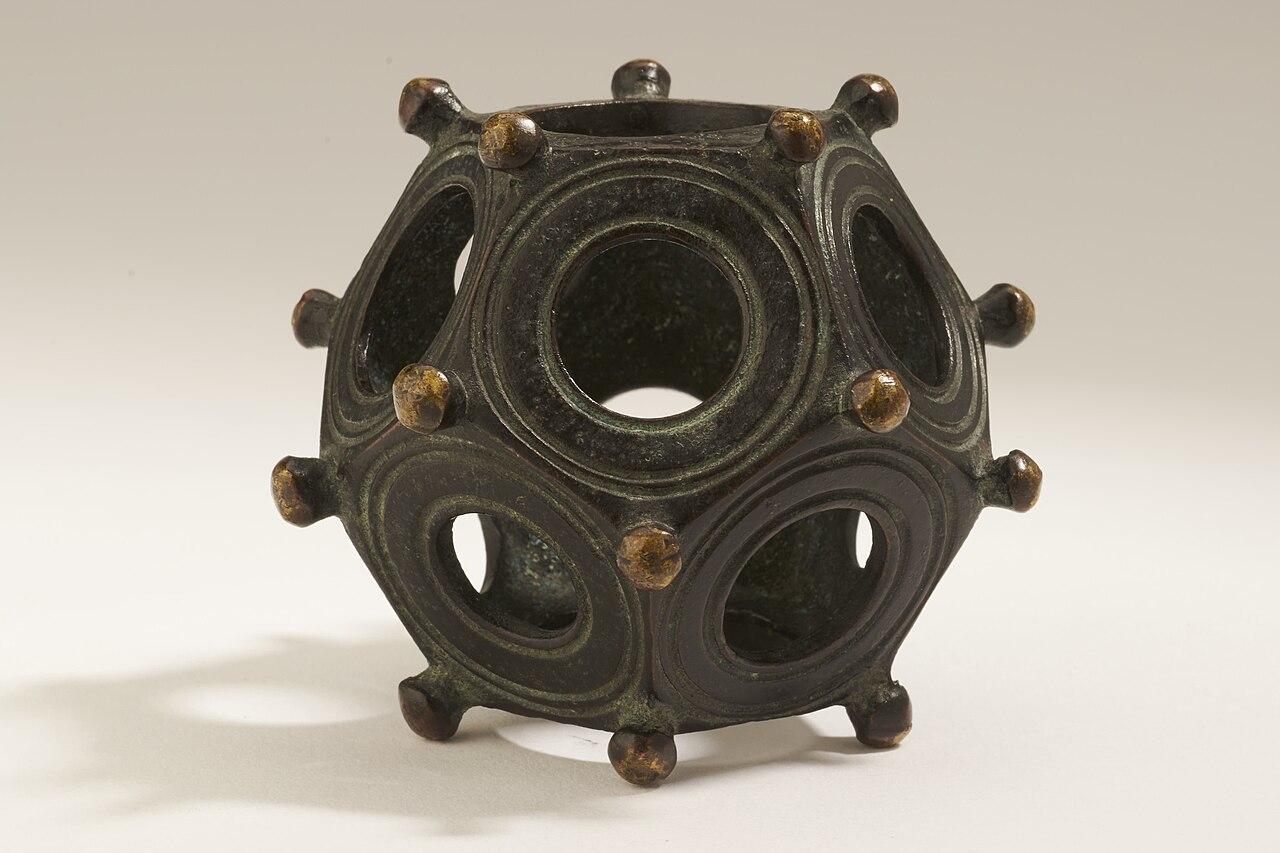
Source: Wikimedia
Despite the Roman Empire’s record-keeping abilities, the dodecahedrons are never mentioned, meaning their original function remains a mystery to researchers.
Enormous Stone Spheres in Costa Rica
Costa Rica is home to some of the most beautiful beaches on the planet, but this tiny South American nation also harbors a mystery. Hundreds of enormous, perfectly shaped stone spheres were discovered during the 20th century.
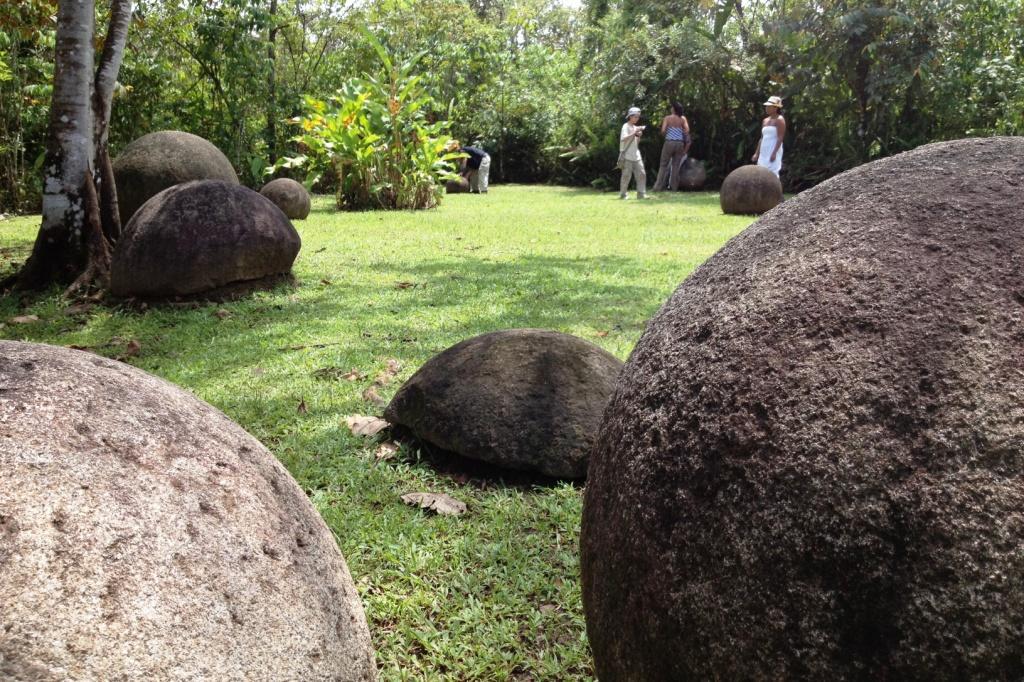
Source: Wikimedia
Carved from a tough basalt-like rock, some of these spheres are eight feet in diameter and weigh up to 15 tons. Researchers know very little about their origin, estimating they may have been crafted around 600 CE, yet their original function baffles archaeologists.
Writing System of Rapa Nui Island
Rapa Nui, also known as Easter Island, is famed for its enormous stone statues that dot the region. However, over a dozen items are also produced inscribed with rongorongo scripts, comprised of unique glyphs and pictorial images, suggesting the ancient inhabitants had developed their own unique writing system.
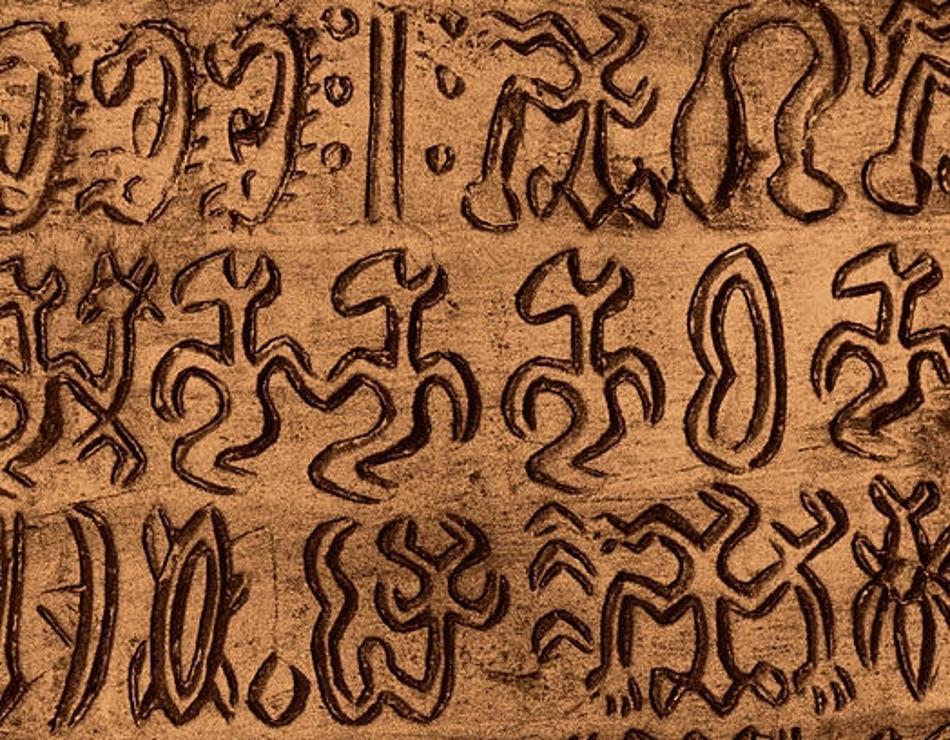
Source: Wikimedia
According to Rafal Wieczorek, a chemist at the University of Warsaw, “I actually believe that rongorongo is one of the very few independent inventions of writing in human history, like the writing of the Sumerians, the Egyptians, and the Chinese. But belief is a different thing than hard data.”
Ancient Drum or Protective Talisman?
Around 5,000 years ago, when Stone Age inhabitants of Great Britain were building Stonehenge, three children were bruised with unique artifacts, including a polished bone pin, a chalk ball, and, most intriguing of all, an item known as the Burton Agnes drum.

Source: Getty Images
However, now researchers believe chalk sculpture inscribed with unique concentric circles and geometric shapes may have actually been a protective talisman instead of an instrument. “This is a truly remarkable discovery and is the most important piece of prehistoric art to be found in Britain in the last 100 years,” said curator of the British Museum Neil Wilkin.
The Phiaistos Disc
Over a century ago, archaeologist Luigi Pernier discovered a mysterious disc-shaped item engraved with an unknown script in a Minoan palace on the island of Crete. Some estimates suggest the disc was crafted sometime between 1,850 to 1,600 BCE.

Source: Wikimedia
The complexity of the undeciphered characters, alongside the researchers’ inability to decipher the script, has led to some calling the small disc a forgery. Others suggest it is similar to Linear A script found on archaeological items ascribed to the Minoan civilization.
Humans Producing Rope Over 40,000 Years Ago
Researchers have unearthed the remains of ivory with unusual grooved holes at various sites throughout Europe, including the Hohle Fels cave in Germany. While it was initially thought to be some kind of instrument, archaeologist Nicholas Conard and his colleagues propose another theory.
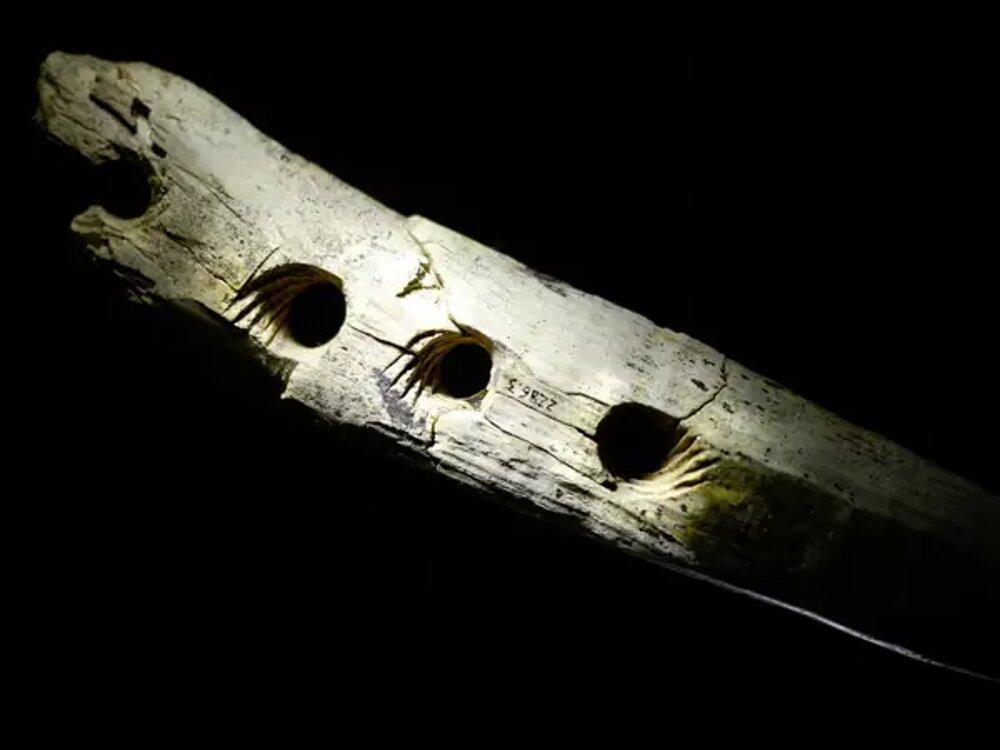
Source: University of Tübingen
According to their research, microscopic pieces of plant fibers are present within the holes, suggesting these chunks of ivory were actually used in the manufacturing of rope over 40,000 years ago. The discovery baffled researchers while shedding valuable insight on the ancient groups of Europe.
Walls of Sacsayhuaman
In 1934, Peruvian archaeologists uncovered the remains of an ancient settlement comprised of megalithic stock blocks, which fit effortlessly together without the use of mortar.
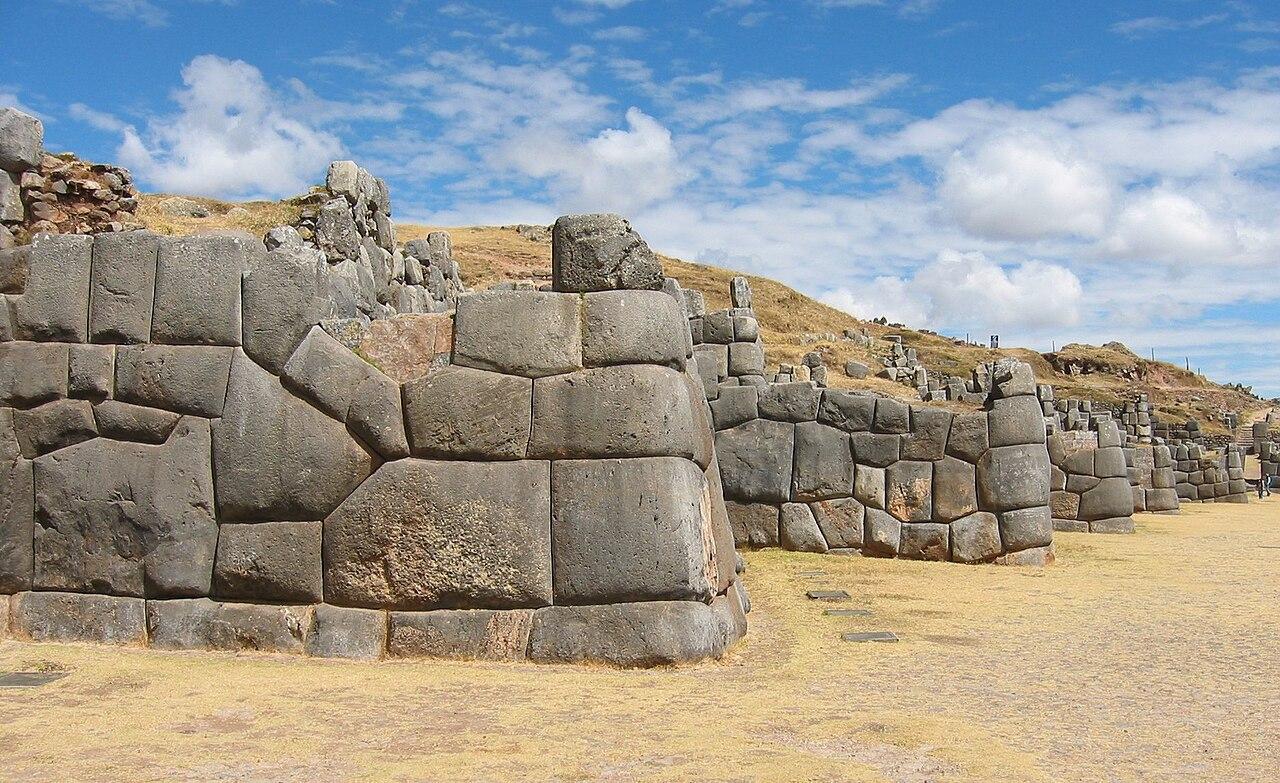
Source: Wikimedia
Known as Sacsayhuaman, the site continues to baffle researchers to this day due to the enormous size of the blocks, some of which are over 9 meters tall and weigh well over 100 tons. How the ancient inhabitants of Peru managed to move such massive blocks remains up for debate, as archaeologists are left baffled by their feats of architectural engineering.
